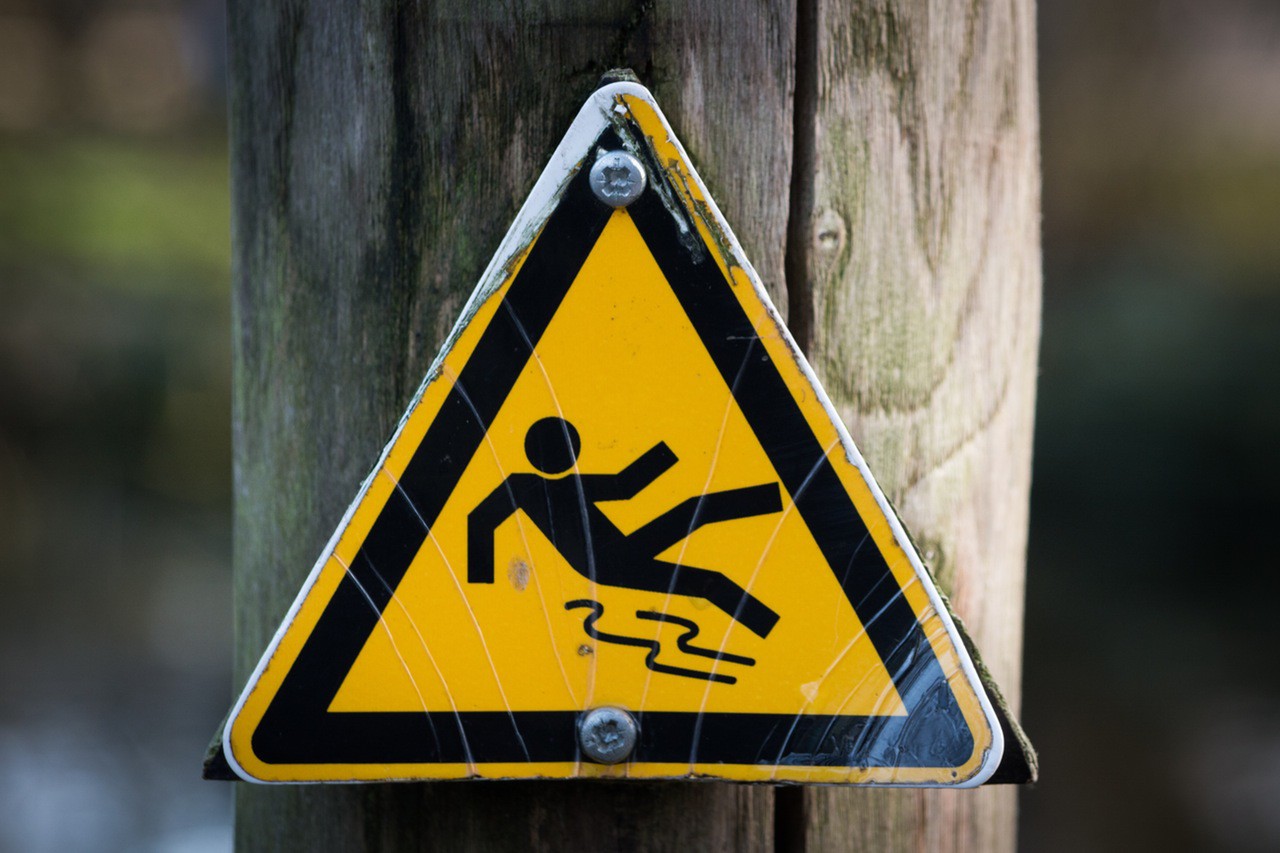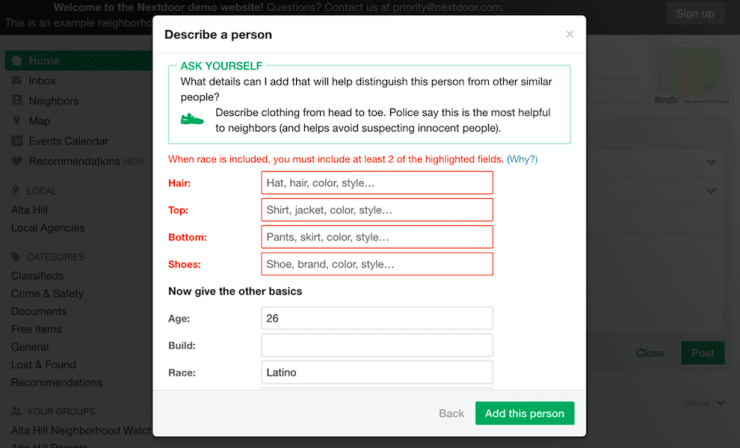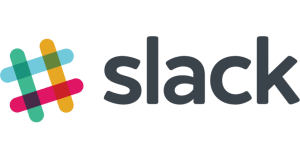I actually thought last Monday was Community Manager Appreciation Day, because the CMAD website hadn’t been updated since 2017. Back then they were doing all-day streams, giving out awards, and trending on Twitter.
I highlight this not to shame anyone, but to point out that this is exactly what community manager burnout looks like: going from something huge and engaging and impressive to nothing. You bust your ass, you do about 5 jobs at once, you make amazing things happen…and then you hit a wall. You don’t have the resources you need, you’re exhausted, your value gets questioned, and you stop.
That sucks, and I feel bad for the CMAD organizers because they really did so much cool stuff for several years.
So here’s my challenge to you this CMAD: take care of yourself. Don’t worry about hanging out checking out the CMAD hashtag all day or sending supportive messages to your peers. Take care of YOU.
A few ideas:
- Schedule a legit vacation right now. Line up backup so you can be truly offline. Know that it won’t be the same as you doing it, but it’ll be ok.
- Rejigger your schedule to make uninterrupted time for deep work.
- Find some time for exercise, even a tiny bit. (I’m about to walk the 20m from Transbay Terminal to work instead of take a bus. It’s something.)
- Set up your phone to limit your time on apps you don’t need, or to go to grayscale after 6p, or to pop an alarm warning you to take a break.
- Give more responsibility to your community members. Know that it’ll be hard to let go but that they’ll do things you never expected.
- Stop working on something. Cut your losses on your least successful project, let someone who foisted a task on you know that you’re too swamped, take a break from your Friday wrap-up post. (I did this once and the community stepped up and did it for me!)
- Ask for help. Make sure your boss really understands how much you’re working. Ask a fellow community manager for advice, or another set of eyes. Find a coworker who believes in your mission and see if they’ll help with a big project.
- Build time into your day – even literally 5 minutes – for mindfulness. Take a class or download an app and learn how just taking a moment to be present can make a huge difference.
- Know that you can’t do everything, that you’re doing a great job, and that you’re not an imposter. And burnout will not help you succeed.
Good luck – I believe in you!



 These days, it’s rare to hear anything but awe when community managers talk about Slack. The common consensus seems to be that Slack is the perfect community platform. This overexcitement worries me because a) it’s not and b) different communities require different types of platforms.
These days, it’s rare to hear anything but awe when community managers talk about Slack. The common consensus seems to be that Slack is the perfect community platform. This overexcitement worries me because a) it’s not and b) different communities require different types of platforms.